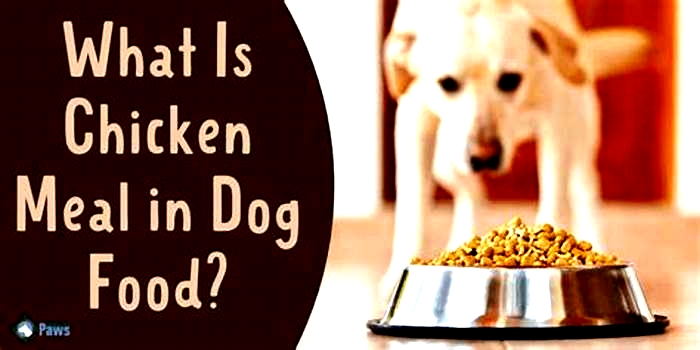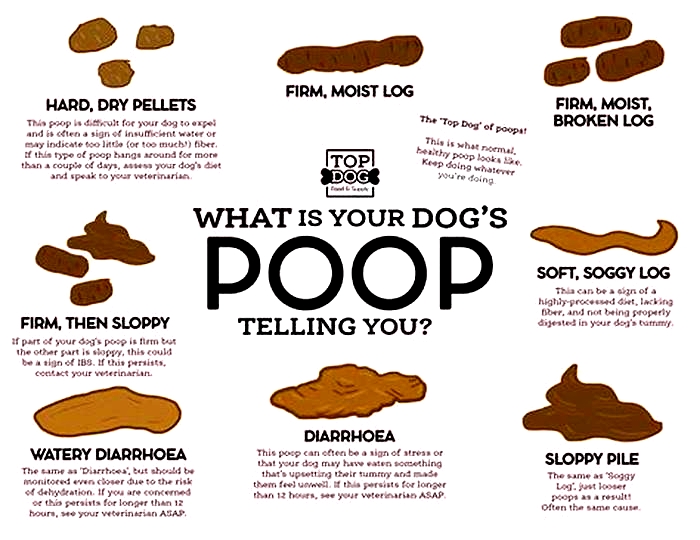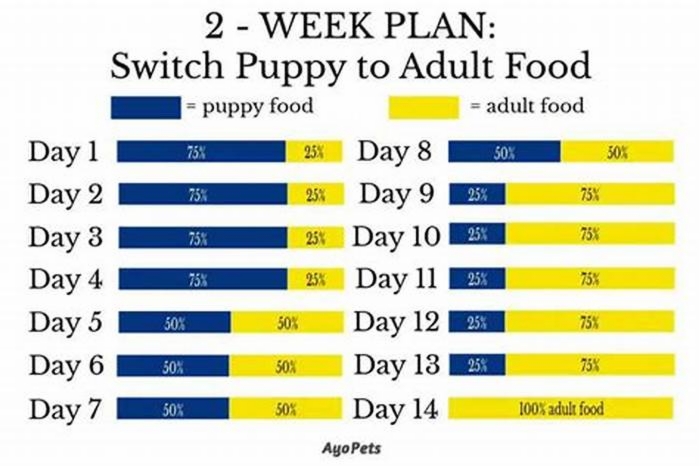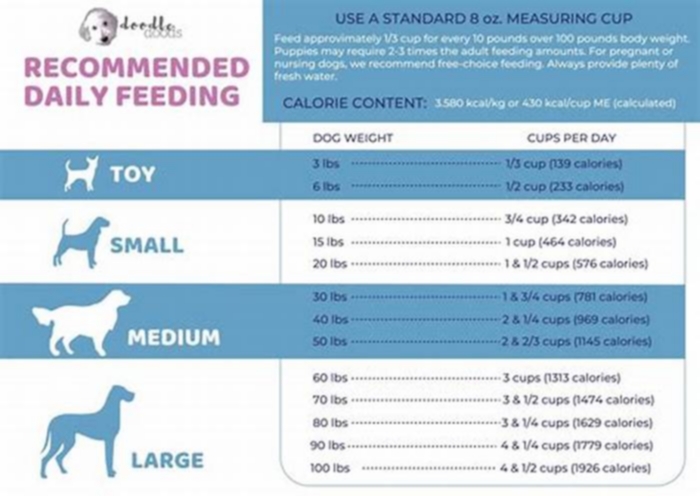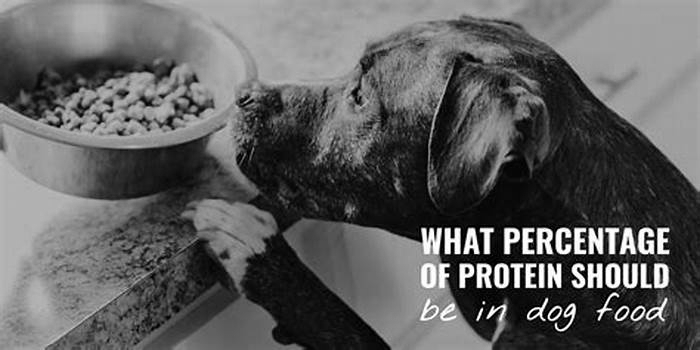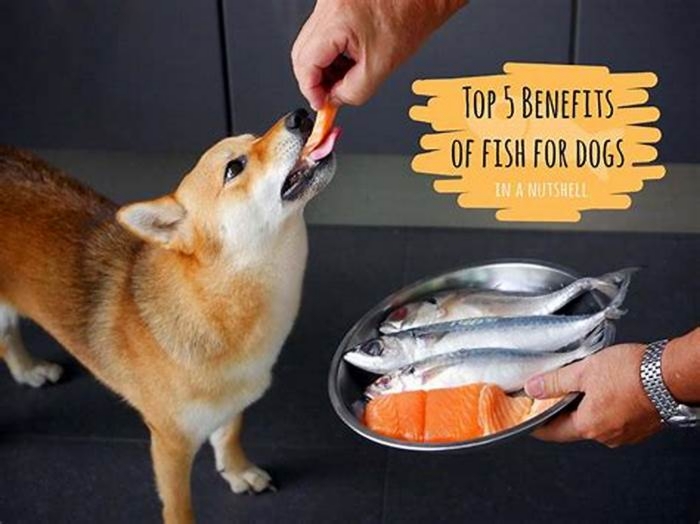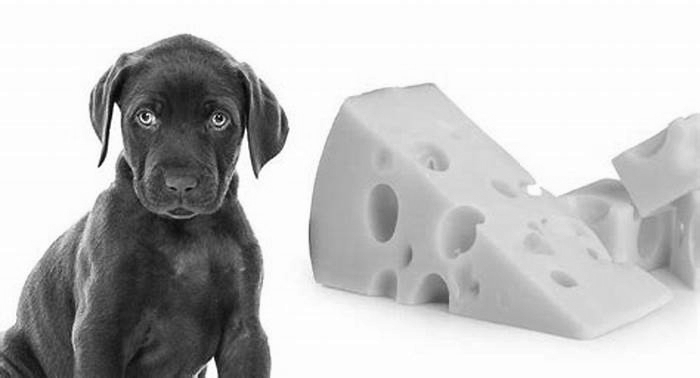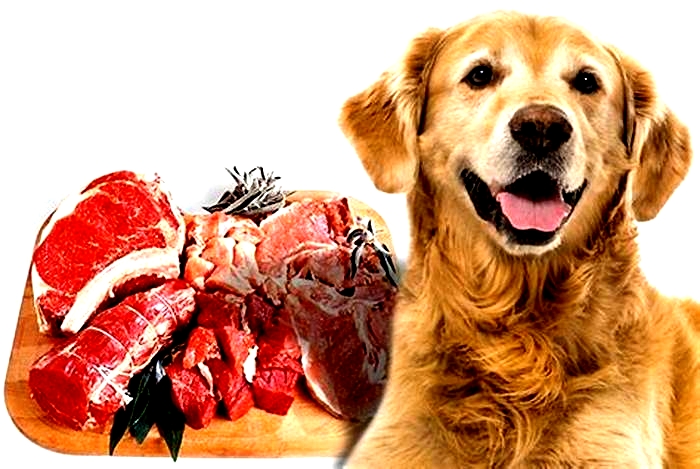Can dogs have 1 meal a day
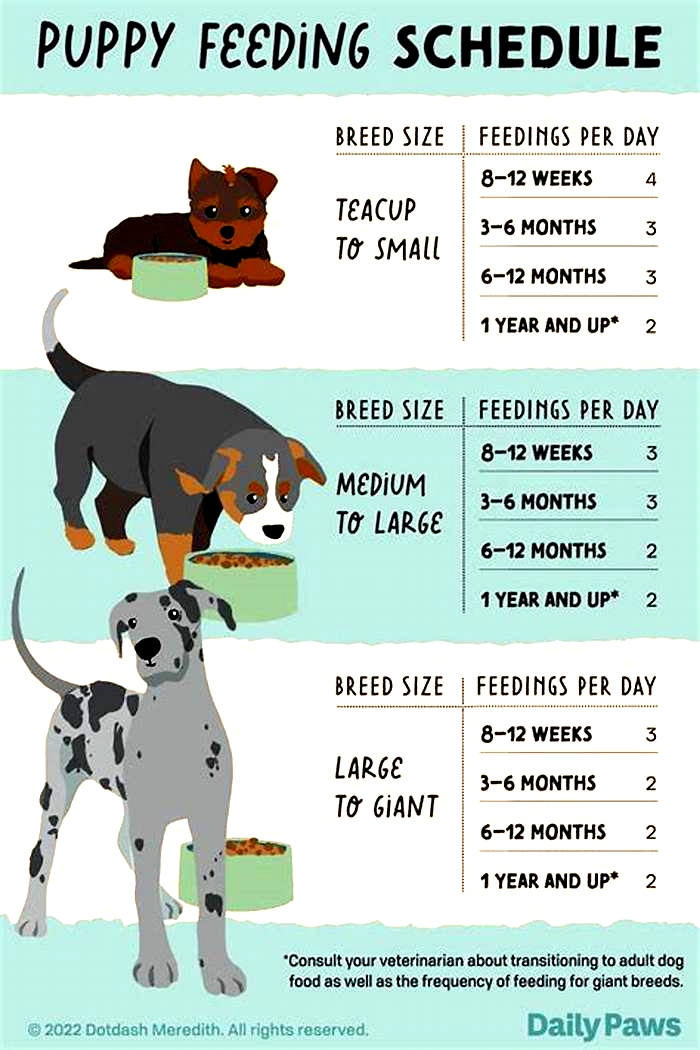
The Pros And Cons Of Feeding Your Dog Once A Day
The most common feeding schedule for adult dogs is one or two meals daily. I recommend that most people feed their dogs twice a day. But feeding your dog once a day can work well in some circumstances.
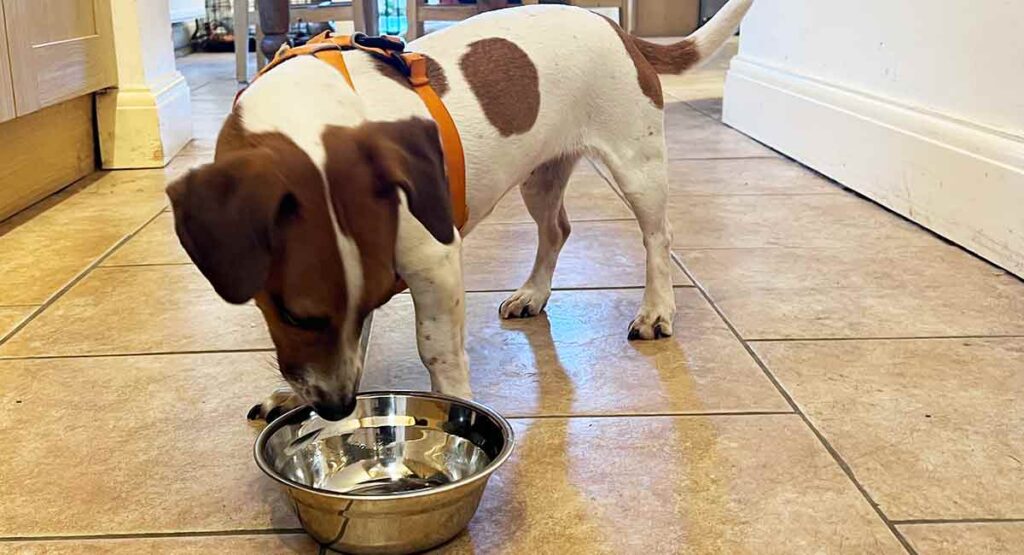
The best feeding schedule for your individual dog will depend partly on the type of food you give them. And my advice is based on my own forty years experience of feeding both kibble and raw, to dozens of different dogs.You can check out what I feed my own dogs each day in this article
Considerations
Is it cruel to feed a dog once a day?
The short answer is no. Traditionally almost all adult dogs were fed once a day. This was the norm when I was a kid. The rationale behind this schedule is that dogs are carnivores, and it is natural for them to eat a large amount of food in one go, and then fast for many hours, before eating again.
In those days most dogs were fed on a mixture of canned (wet) dog food, and dog biscuits together with scraps leftover from human meals.
However, most modern dogs are fed on kibble. And with dry food, feeding once a day has some disadvantages. Lets dig into those, and help you decide how often to feed your dog.
Natural feeding patterns
Its true that your dog is genetically almost identical to the wolves from which they descend. Wild wolves or other dog species hunting in groups may bring down a large prey animal, and feast on it. Then not eat for a day or two.
Its also true that dogs have been catching much smaller prey and scavenging from humans for thousands of years, and have adapted well to eating smaller and more frequent meals.
Pros and cons large vs smaller meals
Feeding once a day is convenient. And with a raw diet, it can be safe and satisfactory for most medium to large dogs
The natural diet of a dog, raw meaty bones, organs, eggs, and even invertebrates such as worms and beetles, are all processed very quickly by a dogs digestive system. Its designed perfectly for the job. And because there are no fillers or carbs in this food, it isnt very bulky. Everything is digested with little waste.
With kibble, feeding once a day only, can be problematic for some dogs. Its all to do with the portion size. And of course once daily meals are twice as big as twice daily meals.
Big dogs
It can be risky to feed a large or deep chested dog their whole days ration of kibble in one hit. Thats because these types of dog are more prone to suffering from bloat.
When we feed our dogs on kibble, we are asking the dogs digestion to take on a task that it isnt quite designed for. Along with the protein, fat and minerals that your dog needs, are a lot of bulky fillers.
While the food looks and feels light and compact when you pour it into the bowl, at that point it is completely dehydrated. It starts to swell up inside your dog as soon as they start to drink.
Its worth thinking about what happens to the bowl of kibble your dog just ate, when they head over to their water dish. Try dropping a few pieces into a glass of water to see how much they expand!
Your dog needs that water so dont ration it. But be aware that they can end up with a lot of heavy food sitting in their stomach, and this may increase their risk of suffering from bloat.
Little dogs
Small dogs often need a minimum of two meals per day, in order to feel well. My own Jack Russell terrier will often vomit if she misses her breakfast, and this is quite common in little dogs.
Some small dogs also find it hard to consume enough in one sitting to keep their weight up. So feeding twice a day may be necessary for many dogs weighing much less than around 20lbs.
This rule applies with both raw food and kibble.
Puppies
All puppies need feeding more frequently than adult dogs.
Most kibble fed puppies need at least four meals a day until they are three months old, then three meals a day until six months.
Some raw fed puppies can drop a portion a bit sooner.
Food should be fun
Aside from the health and safety issues around eating kibble, food is a source of great pleasure in our lives, and dogs feel the same way. They enjoy their meals. And look forward to the next one.
Most dogs eat kibble quite fast. Its unusual for a dog to take more than five minutes over their meal. And twenty four hours is a long time for a kibble fed dog to go between meals, especially when the last meal was over so quickly!
Raw meaty bones take a lot of time to consume, and can keep a dog occupied happily for half an hour or more. But even so I think there is a lot of pleasure to be gained if this experience happens twice in each day rather than once.
Which is best? One meal or two?
Your adult dog will most likely thrive whether you divide their daily ration into one meal or two. However, if your dog is large or deep chested, and fed on kibble, I recommend you feed twice daily, dividing that ration into a morning and evening feed.
Obviously, twice daily meals doesnt mean twice the quantity. You feed the same daily ration but divide it into smaller portions
I do think it means twice the fun though!
And while once daily feeding is suitable for all but the smallest raw fed dogs, I feed all my dogs raw, and, twice daily
Let me know what you decide to do!
Im always interested to hear from readers about how they feed their dogs, so do drop a comment in the box below!
Get Pippa's free dog training tips delivered to your inbox
Can Dogs Eat Eggs?
When dogs were in the wild, they could snatch eggs out of birds nests and eat them raw. Today, dogs dont need to hunt for their own food, but eggs still provide a good amount of protein for dogs. As long as eggs are consumed safely, they can make excellent treats or dietary supplements for dogs.
Are Eggs Good for Dogs?
Eggs can be a great source of nutrition for dogs. They are high in protein, fatty acids, vitamins, and fatty acids that help support your dog, inside and out.
Remember that eggs are only as good as the chicken they come from. Try to feed your dog eggs that are from free-range farm hens fed an organic diet. If you can get them from a trusted source, that is ideal. Just like us, chickens are as healthy as what they eat, and healthier chickens lay healthier, more nutritious eggs.
Before feeding your dog eggs, talk to your vet. Some dogs with medical conditions shouldnt eat eggs, so always check first. Consuming too many eggs can also lead to health problems like obesity, so talk to your vet about the appropriate amount of eggs to feed your dog.
With that said, sometimes eggs can be used to help settle upset stomachs. Also, its not a good idea to use eggs as your dogs main meal. But when served cooked, eggs can be a great occasional treat.
How Can Eggs Help Dogs?
Eggs provide important minerals and vitamins for dogs, including:
- Iron
- Fatty acids
- Folate
- Protein
- Riboflavin
- Selenium
- Vitamin A
- Vitamin B12
These nutrients and vitamins help support your dogs overall health, as well as their skin and coat.
Can I Feed My Dog Raw Egg?
Most veterinarians recommend cooking eggs fully before feeding them to your dog.There are a few concerns about feeding raw eggs to dogs that owners should be aware of, including:
- Salmonella: Dogs may be at risk of coming into contact with salmonella bacteria when eating raw eggs or other raw foods. Owners who feed raw eggs to dogs could also be exposed to salmonella. If a dog eats an egg contaminated by salmonella, they could get an infection called salmonellosis. The symptoms of salmonellosis include fever, vomiting, diarrhea, and lethargy.
- Biotin deficiency: Feeding raw eggs can lead to biotin deficiency, as egg whites contain avidin, an enzyme that prevents the absorption of biotin in the body. Biotin is a vitamin that supports healthy skin, metabolism, cells, and digestion. Biotin deficiencies are rare in dogs, but they can happen.
- Bacteria: As eggs go bad, they can grow bacteria that can harm your dog.
Dogs can also be allergic to various sources of protein, including eggs. Watch your dog for any symptoms of an allergic reaction, including sneezing, swelling, hives, problems breathing, lethargy, or coughing.
Before feeding raw eggs to your dog, talk to your vet.
What to Do if Your Dog Eats Raw Egg
If your dog eats raw egg, monitor them for any problematic symptoms, including the symptoms of salmonellosis. Its also a good idea to chat with your vet and take your dog in for a check-up, just in case.
Can Dogs Eat Eggshells? Are Eggshells Nutritious for Dogs?
Before giving your dog eggshells, talk to your vet first. Eggshells contain calcium, which some dogs may need to be supplemented in their diets. However, there are easier ways to give your dog more calcium, and eggshells arent the tastiest option. Plus, egg shells have sharp edges that can hurt your dogs throat or internal organs.
Eggshells can help older, arthritic dogs. Eggshell membranes significantly reduced joint pain and improved joint function in 51 dogs experiencing a range of joint problems, according to a 2016 study. If your dog has arthritis, your vet may recommend supplements or medication to help their symptoms.
How to Safely Feed Your Dog Eggs
Eggs should be cooked before being given to a dog. Cook or boil eggs plain, without oil, butter, salt, seasoning, spices, or other additives. It doesnt matter how your dog likes their eggs sunny side up, scrambled, or hard-boiled as long as they are fully cooked. There are several ways to integrate eggs into your dogs diet, from the occasional bite of hardboiled egg to sprinkled scrambled eggs on top of dog food.
Start by feeding your dog just one egg. Watch them for any signs of gastrointestinal distress, like diarrhea or vomiting. As long as they dont show any digestive discomfort, you should have no trouble giving them eggs.
Can Dogs Eat Chicken?
NOTE: Always check with your veterinarian first before giving your dog any new foods, especially people foods. What might be OK for one dog might not be good for your dog, depending on multiple factors, such as their age, health history, health conditions, and diet. Dogs on prescription diets should not be fed any food or treats outside the diet.
Chicken is a nutritious protein source for humans and dogs alike. Its a popular ingredient in dog food, and there are plenty of chicken-flavored dog treats and toys to choose from.
But while dogs can eat chicken, youll want to be careful about how much you give themand how its prepared. As with any new food that finds its way into your dogs bowl, moderation is key. Heres what to know.
Is Chicken Good for Dogs?
Chicken can be a healthy food for dogs if prepared correctly. Its an excellent source of protein and contains several nutrients that can help maintain your dog's overall health, including vitamin B6, vitamin B3, and zinc.
Just be sure any chicken fed to your dog is cooked thoroughly to avoid the risk of salmonella and other foodborne illnesses. Watch out for extra ingredients that might make them sick, like garlic and onions, and remove any bones because they can cause choking or digestive issues.
Can Dogs Eat Raw Chicken?
Do not feed your dog raw chicken. Raw chicken is known to harbor unsafe bacteria like salmonella and E. coli, which can make your dog very sick. Ensure the chicken is thoroughly cooked before sharing it with your dog.
What Chicken Products Can Dogs Eat?
There are several ways to prepare chicken, and not all of them are a good choice for our four-legged friends. Plain, boiled chicken is generally considered safe. But fried chicken and chicken thats been prepared with seasonings such as garlic, onions, or high-fat ingredients like cream or oil should be avoided.
Boiled Chicken
Boiled chicken is a good option to feed your dog. In fact, boiled chicken and rice is a common remedy for dogs with digestive issues, and your vet might recommend feeding this if your pup is vomiting or has diarrhea.
Fried Chicken
A tiny piece of fried chicken probably wont make your dog sick, but its certainly not a healthy option for your pup. Fried chicken made with oil can cause digestive upset, and eating high-fat food can cause a painful condition called pancreatitis. Fried chicken can also contain seasonings that are toxic to dogs, including onion and garlic.
Chicken Nuggets
Your pooch probably wont get sick if he snags one of your kiddos chicken nuggets from the floor, but its not a good idea to give your dog these as a regular treat. Chicken nuggetsespecially if theyre friedare not a healthy snack for dogs.
Chicken Feet
Unfortunately, your dog should also steer clear of chicken feet, as both the raw and cooked kinds can cause digestive issues. Just like any other type of raw meat, uncooked chicken feet carry the risk of harmful bacteria like salmonella that can make your dog very sick.
Cooked chicken feet dont have the same risk of bacteria, but the bones can splinter and cause tears or obstructions in your dogs digestive system.
Chicken Broth
Dogs can have chicken broth as long as it doesnt contain any harmful added ingredients. But onion and garlic are both common additives found in canned chicken broth andagainthese are toxic to dogs. But plain, low-sodium chicken broth (or homemade broth!) can make a nice addition in their dog food bowl when given in small amounts.
Can Dogs Eat Chicken Bones?
Do not let your dog eat chicken bones, as they can cause serious internal problems. Though theyre small, chicken bones can be serious choking hazards for dogs who ingest them.
Even if your dog doesnt choke, the bone can easily splinter and, as they move through your dogs digestive system, those tiny sharp-edged pieces can cut your dogs stomach and intestines. This can potentially cause ruptures, blockages, and infections that all require serious medical attention.
If your dog likes having something to gnaw on, skip the chicken bones and opt for a safer alternative, like a chicken-flavored chew bone or another chew toy.
What To Do if Your Dog Eats a Chicken Bone
If your dog eats a chicken bone, try to get it out of their mouth (as long as you can do it without distressing them further or getting bitten). Try offering another treat to get them to drop the bone.
If your pup ends up swallowing it, watch them carefully. If the bone appears to be stuck in their throat, this is an emergency and should be addressed ASAP. Take your dog to the vet immediately.
If you suspect your pooch has eaten a chicken bone, watch for signs of distress. If they display any of these symptoms, take your dog to the vet as quickly as possible:
If your dog is acting normal, its OK to keep monitoring them closely from home. Always call your vet if you have concerns about your pets health.
Can Dogs Be Allergic to Chicken?
Protein sources such as chicken (or beef, dairy, egg, lamb, and fish) are some of the most common causes of allergies in dogs.
Most of the time, dog food allergies affect the skin and coat, though they can also cause vomiting or diarrhea. Symptoms that may indicate your dog has a chicken allergy include:
Its possible for dogs to develop a food allergy at any point in their lifeso if Fido is suddenly scratching after he eats his regular chicken and rice kibble, you may want to try an elimination diet to see if something in his food is causing it.
How Much Chicken Should You Feed Your Dog?
Chicken is a common ingredient in commercial dog food and treats, so its safe to feed your pup chicken as a treat or occasional food topper. Just be sure its thoroughly cooked and unseasoned.
As with any new ingredient, moderation is key! Once your pup gets used to eating fresh chicken in small amounts, you can use the following as a guide to feeding your dog chicken. Generally speaking, your dog should have about 1/41/3 cup of meat protein per 20 pounds of body weight each day.
Extra-small dog (220 pounds) = About 1 tablespoon cooked, unseasoned chicken
Small dog (2130 pounds) = 2 tablespoons cooked, unseasoned chicken
Medium dog (3150 pounds) = Up to 1/4 cup cooked, unseasoned chicken
Large dog (5190 pounds) = About 1/3 cup cooked, unseasoned chicken
Extra-large dog (91+ pounds) = About 1/2 cup cooked, unseasoned chicken
Examples:Newfoundlands,Bernese Mountain Dogs,SaintBernards,Great Pyrenees
If your dog experiences digestive upset or other discomfort after chowing down on chicken, stop feeding it to them and call your vet.
Featured Image: Adobe/bit24
WRITTEN BY
April Saylor
Freelance Writer

